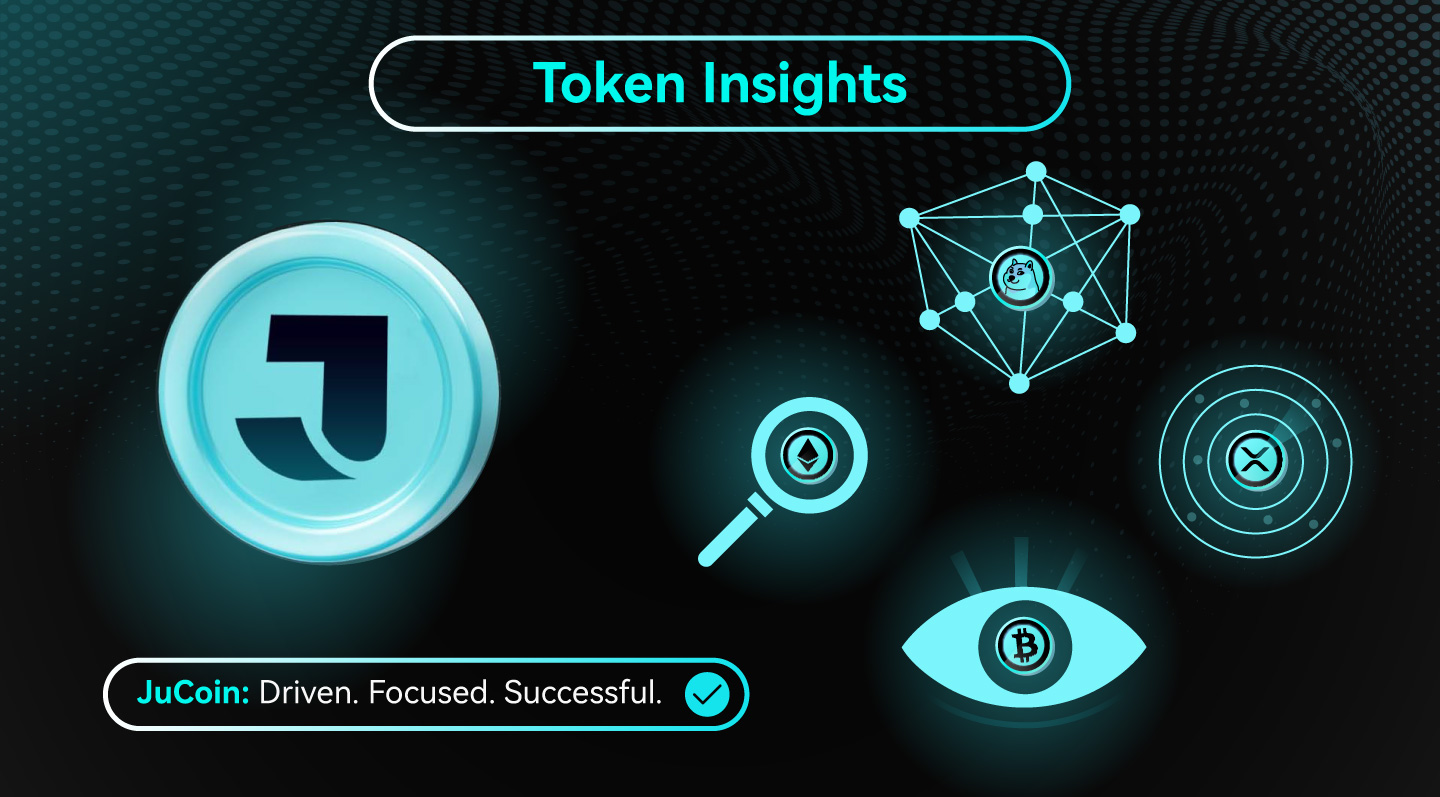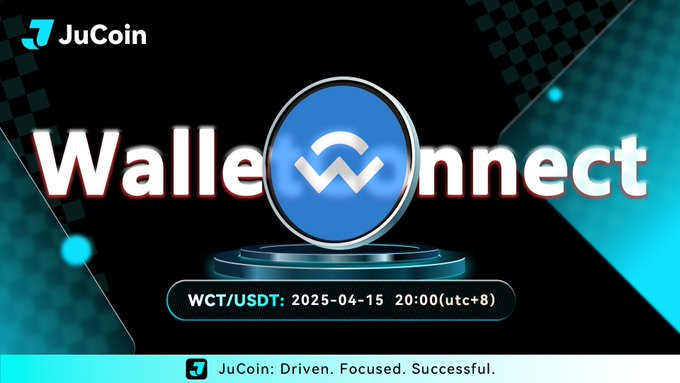
Technical Architecture and Core Value of Web3 Wallet Connection Protocol
In the Web3 ecosystem, interaction between users and decentralized applications (DApps) relies on secure and efficient connection protocols. WalletConnect, as an open-source decentralized communication layer, establishes encrypted channels via QR code scanning or deep links, allowing users to authorize transactions directly in wallets while keeping private keys on local devices. Its core value lies in resolving the fragmentation between multi-chain compatibility and user experience—supporting over 40 blockchains including Ethereum, Solana, and Cosmos, covering more than 600 wallets and 40,000 DApps, and facilitating a total of 275 million connections.
The underlying architecture of WalletConnect is based on end-to-end encryption (ECDH key exchange and AES symmetric encryption) and a decentralized relay network. The v2 version launched in 2024 further optimized multi-chain communication efficiency and introduced a Chat API for real-time message interaction between wallets and DApps. The technical upgrade not only lowered integration barriers for developers but also propelled standardization through SDK toolchains (e.g., Web3Modal, Web3Wallet), enabling top-tier applications like Uniswap and OpenSea to rapidly adapt across platforms.

WCT Token: Transitioning from Infrastructure to Economic Ecosystem
In April 2025, WalletConnect transitioned into a decentralized autonomous network and launched the native token WCT. The token was issued on the Optimism mainnet with a total supply of 1 billion. Its distribution framework balances ecosystem incentives and long-term development: 27% for foundation operations, 18.5% airdropped to early users, and 17.5% as node staking rewards. Token functionalities include governance voting, fee payments (future MAU model), and staking rewards, aiming to gradually hand over protocol control to the community.
Notably, WCT was listed on major exchanges such as Binance and JuCoin at launch, with a first-week circulating market cap surpassing $53 million. Although the high FDV valuation ($288 million) has sparked debate, the commercialization path outlined in the technical roadmap—“connectivity as a service” (e.g., charging by active users)—provides feasibility for value capture.
Future Challenges and Ecosystem Co-construction Opportunities
WalletConnect’s long-term vision is to build a permissionless global messaging network and become the cross-chain communication standard for Web3. The 2025 technology roadmap outlines the introduction of an audit node mechanism, tiered fee structure, and resource tokenization features (e.g., bandwidth trading). These upgrades require community decisions through the DAO proposal system, testing the efficiency of decentralized governance.
For developers, there are two paths to participate in the WalletConnect ecosystem:
-
Toolchain Integration: Use the official Web3Modal React example to quickly enable DApp wallet connection features and reduce user friction.
-
Node Operation: Once permissionless nodes are available, technical teams can deploy relay nodes to earn WCT rewards while enhancing network robustness.
Ordinary users can stake WCT to participate in governance or earn passive income via platforms like JuCoin Staking. As the trend of Real World Asset (RWA) tokenization accelerates, WalletConnect is poised to expand its application boundaries in scenarios such as cross-border payments and IoT device authentication, becoming a key bridge between the physical world and on-chain ecosystems.





